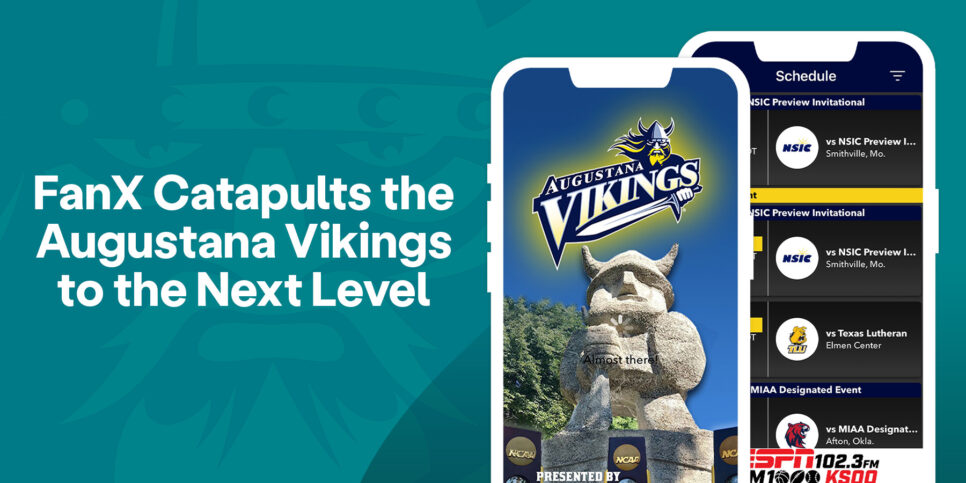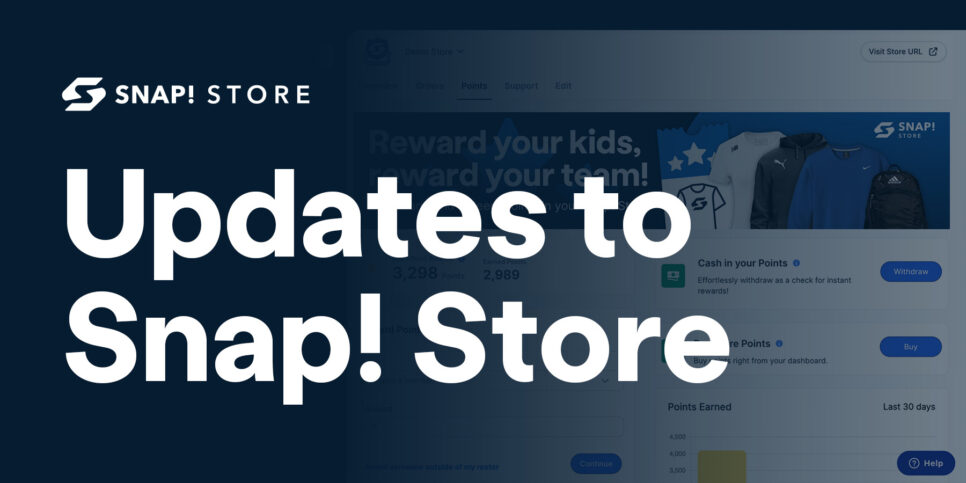A brand is not merely a logo, nor is it a glossy strategy to convince audiences to engage with a product or organization. A brand is something that everyone can feel united under using the power of connection and shared values.
This is what a school brand is — an authentic story of what an institution is at its core that connects its students, families, teachers, and other stakeholders in one community.
Brands are conveyed in many ways, but the primary vehicle is central messaging delivered by a variety of communications methods (copy, images, video, websites, apps, signage, and more). The key messages you send to your target audiences must represent an authentic and decisive concept of what makes your school and district unique.
Your logo, mascot, colors, song, and school saying – those are all key pieces of your institution’s “brand” – as are what teachers, staff, parents/guardians, and students believe in and are passionate about. That brand becomes a representation of your school’s culture. The school’s brand is about hope, celebration, and how it unites all who have walked the halls of the school. Parents are the ultimate target audience. They are enveloped in the story as active participants in its enfolding narrative.
Why branding is important to principals and schools
Branding traditionally feels like a corporate idea, but it is at the heart of how we all connect to one another. A strong and positive school brand goes a long way to foster enthusiasm in guardians to engage in and influence their children’s learning environment. It has an impact on the life of the community as well.
Additionally, your school’s brand reinforces internal stories that give teachers and staff something to emotionally invest in. Strong branding engenders excitement to support fundraising. Ultimately, the brand story will affect enthusiasm for enrollment and ignite dedication to related funding.
Characteristics of a strong and positive brand
Your school brand story is made up of these five characteristics:
1. Having a clear “why”
The power of your brand is not about what it does. It’s about why you do what you do. If you speak to the beliefs of your school and focus on aligning your messaging with those ideas, you can confidently share your values with your students, parents, and teachers. The transparency will encourage a true understanding between and connection with your school and audience.
2. The brand promise
The brand promise is proof of your “why.” It is your mission and goals that reflect the “why” and enable you to act on your beliefs. Proving that your school brand is aimed at achieving what it says will help you foster trust among your stakeholders and loyalty to your school.
3. The target market
For schools, the target market is families (parents and students). But it’s also donors, policymakers, neighbors, community leaders, vendors, and potential staff. Knowing your target audiences will help you choose messaging that best aligns with their values and needs.
Ultimately, by knowing your audience, you can tailor your brand to them, so engagement and communication increase. For example, if you know that a good percentage of your students’ parents are English language learners, you know how to tailor your messaging to cater to multiple languages.
4. Cohesion in design and effect
A brand is visual and verbal. It uses words to tell the story in taglines, slogans, hashtags, headlines, and more. But words aren’t everything. The graphic component has a completely different effect on how the brain processes a brand story. Visuals influence the way an audience perceives the brand and connects emotionally with it.
Logos, colors, photos, and even typography must be molded into a cohesive visual unit to hold the brand together. These visual elements help your audience identify your brand quickly – even without words, things like your school colors or school mascot are immediately recognizable, even without your school name attached.
This is one area where choosing the method of delivery becomes important. You need to choose a channel where you have the flexibility to include each of these components. For example, SMS text messages, while popular, leave a lot to be desired for aesthetics and flexibility.
5. A clear marketing strategy
Once you establish cohesion in your school brand, build it out into a marketing strategy with clear objectives to guide the direction of the campaign. Understand that your story and brand promise must be a guiding concept in every choice in the strategy to ensure consistency. The images and message must be cohesive so that your communications are easily recognizable and clearly understood. Take your objectives and establish how you will prove the goals are met by clarifying your ROI (return on investment).
How a communication platform supports the school’s brand
A communication platform is an efficient, effective, and strategic technology that can help drive your brand toward better engagement with your audience. Snap! Connect by Snap! Mobile can enable you to communicate with your audiences while maintaining your school brand. Unlike text messaging, you can use Snap! Connect to send pictures, links, audio, video, and documents to get your message across both verbally and visually.
These various channels and communication methods meet your guardians and students where they are. With multiple languages supported, text-to-speech capabilities, and no reliance on consistent contact information, Snap! Connect enables your brand to be accessible to everyone. This positively affects the community’s perception of your school, helping you prove your brand promise by making good on your commitment to inclusivity, equity, and engagement.
Snap! Connect is a communication hub that connects everyone in the school district — administrators, teachers, families, and students. Contact us today to learn more about how we can help you meet your branding goals.






